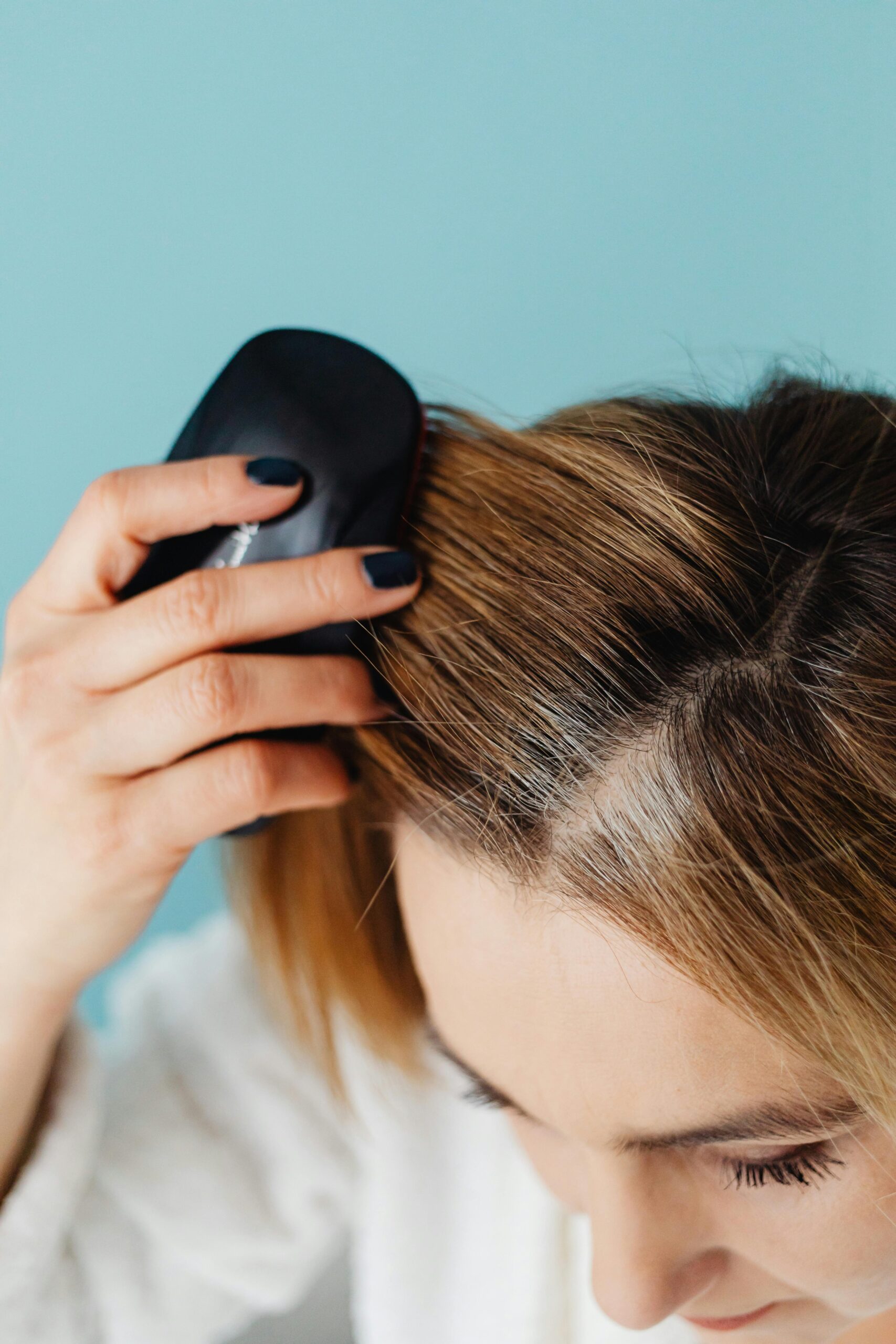Hair, a defining feature of mammals, serves various functions beyond mere aesthetics. From providing insulation and protection to sensory perception, the intricacies of hair extend far beyond what meets the eye. In this comprehensive guide, we delve into four fascinating aspects of hair: cross hairs, multiple hairs in one follicle, splitting hairs, and root hairs. By understanding these concepts in detail, we gain a deeper appreciation for the complexity and importance of hair in both human and animal biology.
1. Cross Hairs: Exploring the Phenomenon
Cross hairs, also known as crossed hairs, refer to a unique pattern of hairs intersecting or overlapping each other at a particular point. This phenomenon is commonly observed in animals with dense fur or coats, such as certain breeds of dogs, cats, and rodents. Cross hairs serve several purposes, including:
Insulation: By creating a dense layer of hair, cross hairs help trap air close to the body, providing insulation against cold temperatures. This insulation is particularly crucial for animals living in cold climates or high altitudes.
Water Repellency: In some species, cross hairs are designed to repel water, helping to keep the animal’s skin dry even in wet conditions. This adaptation is especially prevalent in aquatic mammals like otters and beavers.
Camouflage: Certain animals, such as Arctic foxes and snow hares, use cross hairs to blend into their surroundings, providing camouflage against predators or prey. The intersecting pattern of hairs helps break up their outline, making them less visible in their natural habitat.
Understanding the role of cross hairs in various species sheds light on the remarkable adaptations that have evolved to help animals thrive in diverse environments.
2. Multiple Hairs in One Follicle: Unraveling the Complexity
While it is common for each hair follicle to produce a single hair shaft, some individuals may exhibit the phenomenon of multiple hairs emerging from a single follicle, known as “multiple hairs in one follicle” or “polytrichia.” This occurrence can have various underlying causes, including genetic predisposition, hormonal imbalances, or certain medical conditions. Understanding the factors contributing to multiple hairs in one follicle can aid in diagnosis and treatment strategies for individuals experiencing this phenomenon.
Genetic Factors: In some cases, the tendency for multiple hairs to grow from a single follicle may be inherited genetically. Certain genetic mutations or variations can influence the development and structure of hair follicles, leading to the formation of multiple hairs within a single follicular unit.
Hormonal Influences: Hormonal imbalances, such as those associated with conditions like polycystic ovary syndrome (PCOS) or hyperandrogenism, can affect hair growth patterns. Increased levels of androgens (male hormones) can stimulate the production of excess hair, resulting in the emergence of multiple hairs from a single follicle.
Medical Conditions: Certain medical conditions, such as hypertrichosis or hirsutism, are characterized by excessive hair growth in abnormal patterns. In some instances, this may manifest as multiple hairs growing from a single follicle, contributing to the overall density and thickness of the hair in affected areas.
3. Splitting Hairs: Understanding Trichoptilosis
Splitting hairs, medically known as trichoptilosis, refers to the condition where the hair shaft becomes split or frayed, typically at the ends. This common hair issue can result from various factors, including mechanical damage, chemical exposure, and inadequate hair care practices. Understanding the causes and treatment options for splitting hairs can help individuals maintain healthy and resilient hair strands.
Mechanical Damage: Excessive brushing, combing, or styling can subject the hair shaft to mechanical stress, leading to the formation of split ends. Additionally, using heat styling tools such as flat irons or curling wands without adequate heat protection can further exacerbate the problem.
Chemical Exposure: Chemical treatments such as hair dyeing, bleaching, or perming can weaken the hair structure, making it more prone to splitting and breakage. Harsh chemicals in hair care products, such as sulfates or alcohol-based ingredients, can also strip the hair of its natural oils, contributing to dryness and damage.
Environmental Factors: Environmental factors such as sun exposure, humidity, and pollution can also impact hair health and contribute to the development of split ends. UV radiation from the sun can weaken the hair cuticle, while environmental pollutants can deposit onto the hair shaft, causing damage and dryness.
4. Root Hairs: Delving into Microscopic Structures
Root hairs, also known as rhizoids, are small, hair-like structures that extend from the roots of plants and serve essential functions in nutrient absorption and anchorage. These microscopic hairs increase the surface area of the root system, facilitating the uptake of water and minerals from the soil. Understanding the structure and function of root hairs is integral to grasping the mechanisms of nutrient uptake and plant growth.
Nutrient Absorption: Root hairs play a crucial role in nutrient uptake by absorbing water and minerals from the soil through osmosis and active transport processes. The fine, branching structure of root hairs maximizes contact with the soil particles, enhancing the efficiency of nutrient absorption.
Anchorage and Stability: In addition to nutrient absorption, root hairs provide anchorage and stability to the plant by firmly anchoring the root system in the soil. The adhesion of root hairs to soil particles helps prevent soil erosion and ensures the plant remains firmly rooted, even in adverse weather conditions.
Interactions with Soil Microorganisms: Root hairs facilitate interactions between plants and soil microorganisms, including beneficial symbiotic relationships with nitrogen-fixing bacteria and mycorrhizal fungi. These microbial associations contribute to nutrient cycling and soil fertility, ultimately supporting plant growth and productivity.
Conclusion
Hair, in its various forms and functions, plays a pivotal role in both human and animal biology. From the intricate patterns of cross hairs to the microscopic structures of root hairs, the complexities of hair reveal a wealth of insights into adaptation, physiology, and environmental interactions. By exploring the phenomena of cross hairs, multiple hairs in one follicle, splitting hairs, and root hairs in detail, we gain a deeper appreciation for the remarkable diversity and importance of hair in the natural world. Whether serving as insulation for Arctic foxes or facilitating nutrient absorption in plants, hair embodies the intricate interplay between form and function, underscoring its significance across diverse biological contexts.






Thank you for your sharing. I am worried that I lack creative ideas. It is your article that makes me full of hope. Thank you. But, I have a question, can you help me?